At DelightedCooking, we're committed to delivering accurate, trustworthy information. Our expert-authored content is rigorously fact-checked and sourced from credible authorities. Discover how we uphold the highest standards in providing you with reliable knowledge.
What are the Different Types of Spices in the World?
Worldwide, hundreds of spices are in routine use, from the widely familiar black pepper to the somewhat obscure ajowan seed. They can be broken down into a number of different categories, such as the way they behave in cooking, or the region they come from. Keeping a broad cross-section of seasonings handy can be useful for people who like to explore different methods of preparing and seasoning foods.
Spices are made from the bark, seeds, roots, resins, and buds of plants. They may be used fresh or dried for storage, and they can run the gamut from fiery paprika to pungent fenugreek. Many people also include herbs, made from the leaves of plants, with this group of seasonings, although technically, they should be viewed in a separate category. Vegetables used in seasoning such as onions, garlic, and celery may also be included in this category in some circumstances.

Some people break types of spices up by what one does when it is added to food. Sweet, hot, pungent, and tangy are the four primary categories. Fennel seeds are an example of a sweet spice, while black pepper is a classic hot one. Asafoetida is an infamously pungent seasonin, and ground ginger is a familiar tangy rhizome. Often, a balance of three or four of these notes is required to make a dish taste right, which is why tangy seasonings end up in sweet dishes like apple pie.

Other people categorize types of spices by their nations of origin, or the cuisines in which they are commonly used. Some examples of types divided this way include Indian, French, Italian, and Moroccan seasonings. These cuisines have a few spices which routinely appear, such as turmeric in India, and the flavors they provide are often associated with these regions of the world. Moroccan food, for example, doesn't taste quite right without cumin seeds in many cases.

Blends like berbere, curry powder, Chinese five spice, Italian spice mix, herbes de Provence, and masala are also available. They integrate familiar flavor combinations from notable cuisines, and they can be used to prepare a wide variety of foods, from French-style roast chicken to an Indian curry. Such blends can be supplemented with less common ingredients, for people who like to play with flavors.

Some common seasonings that are usually easy to find include salt, pepper-based flavors like paprika and black pepper, cumin, coriander, mace, nutmeg, ginger, saffron, turmeric, allspice, cloves, cinnamon, anise, caraway, annatto seeds, mustard, cardamom, lemongrass, and juniper berries. More unusual members of the spice rack include sumac, amchur, grains of paradise, aji, galangal, mahlab, kala jeera, charnushka, fenugreek, gumbo file, and zatar.
AS FEATURED ON:
AS FEATURED ON:










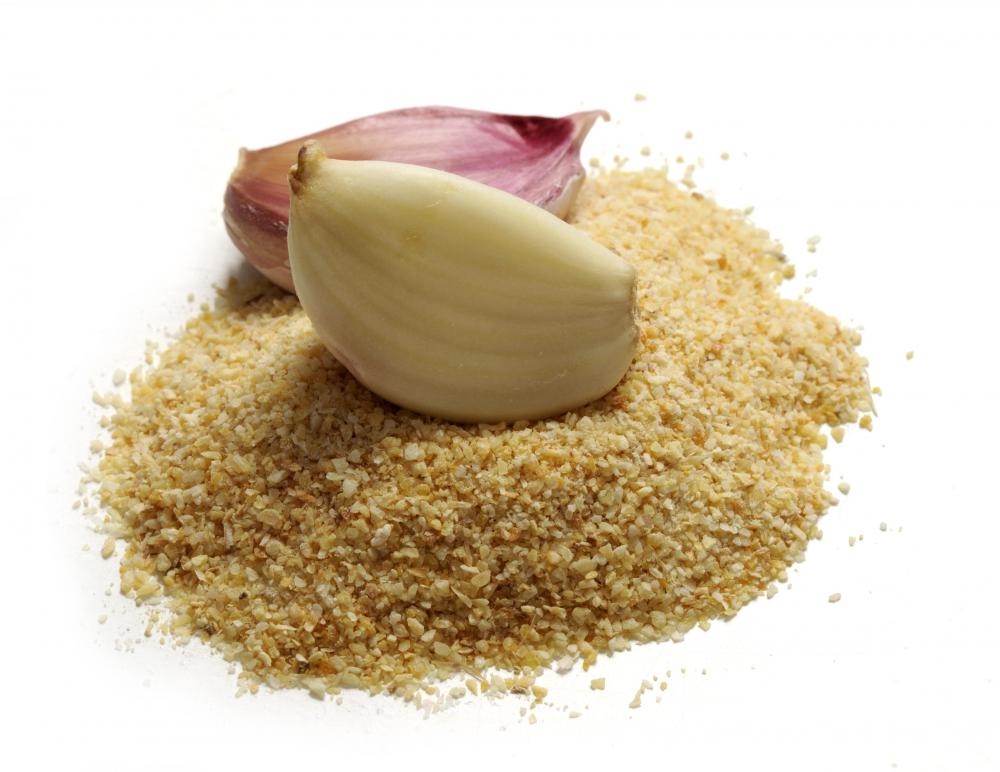




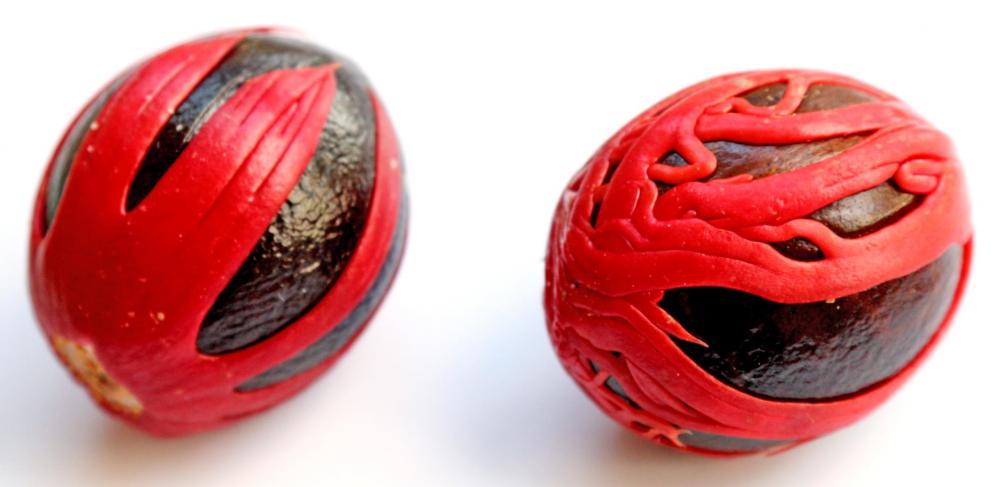


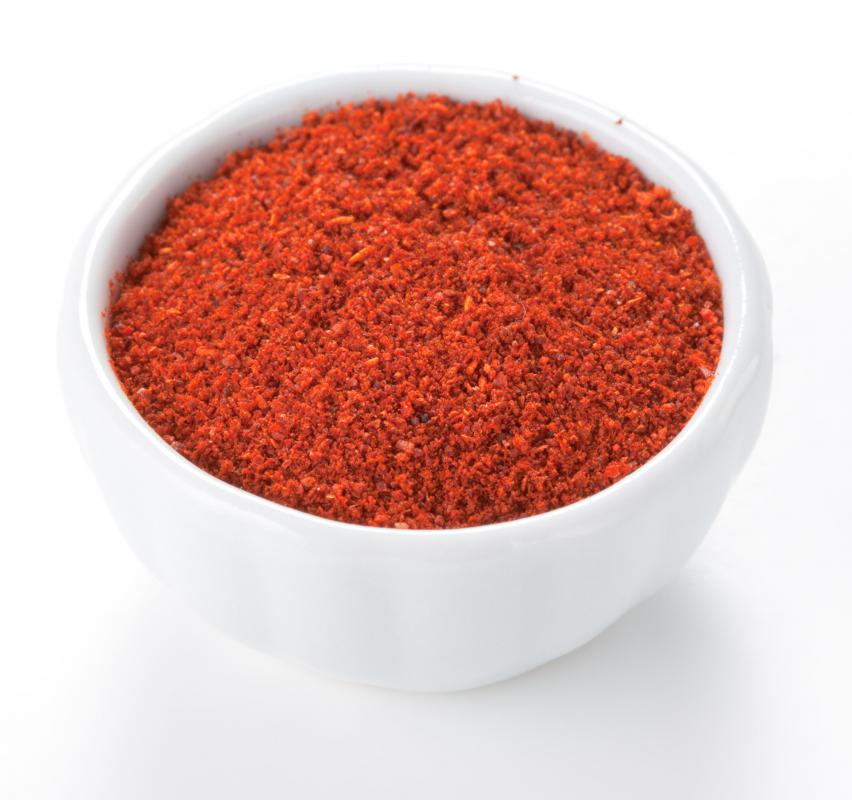
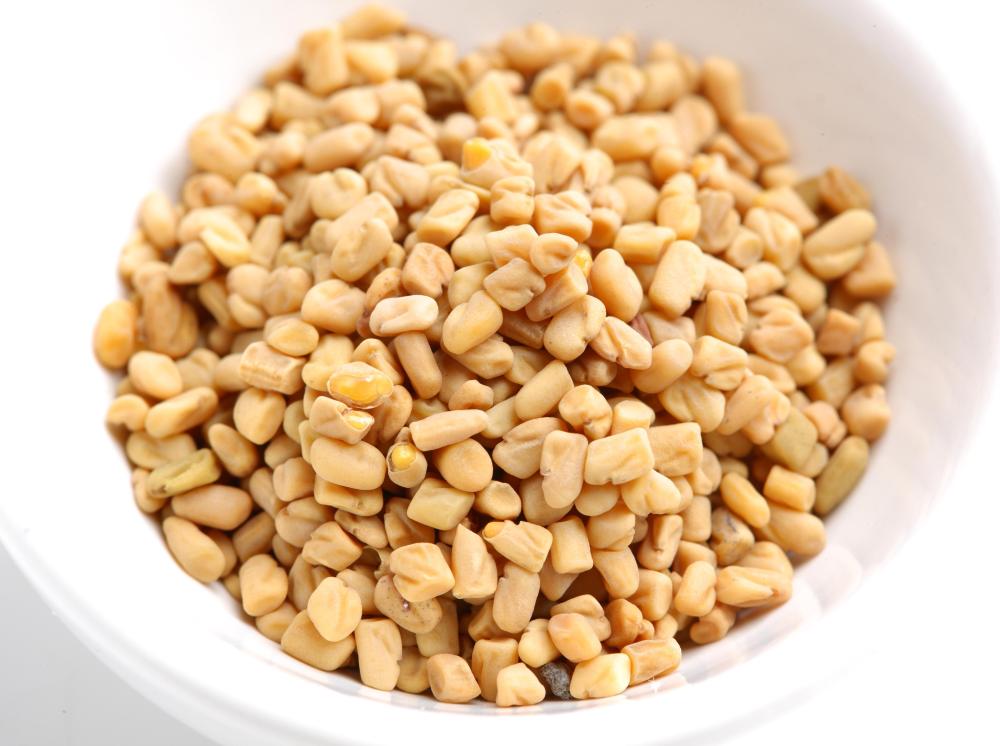
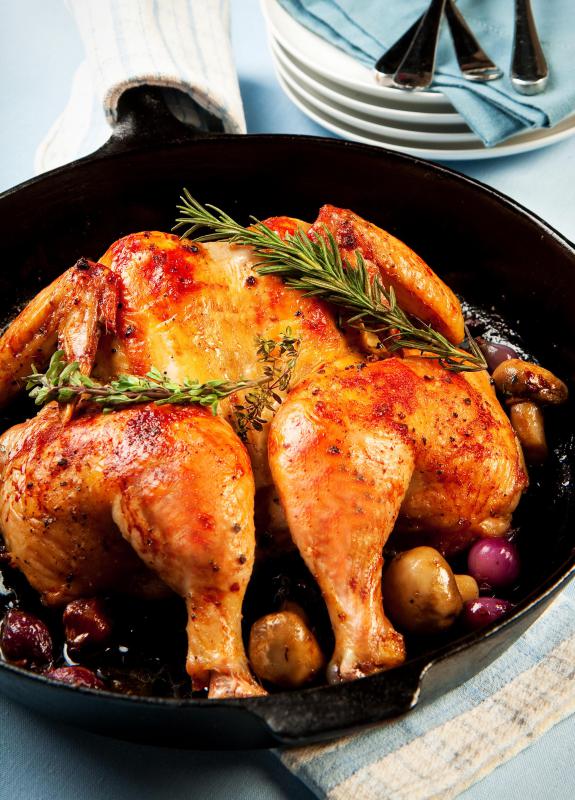
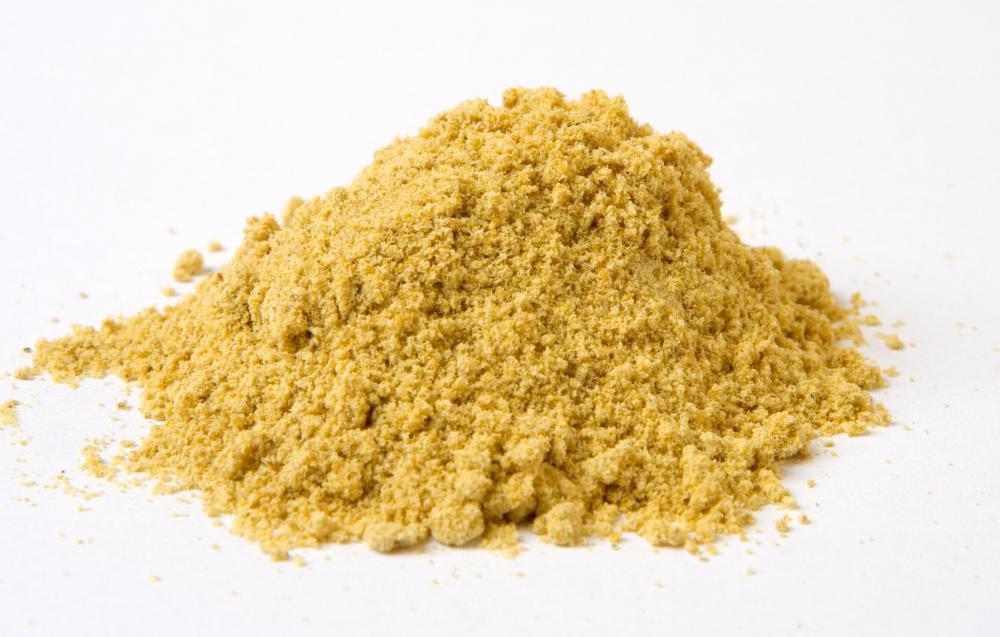

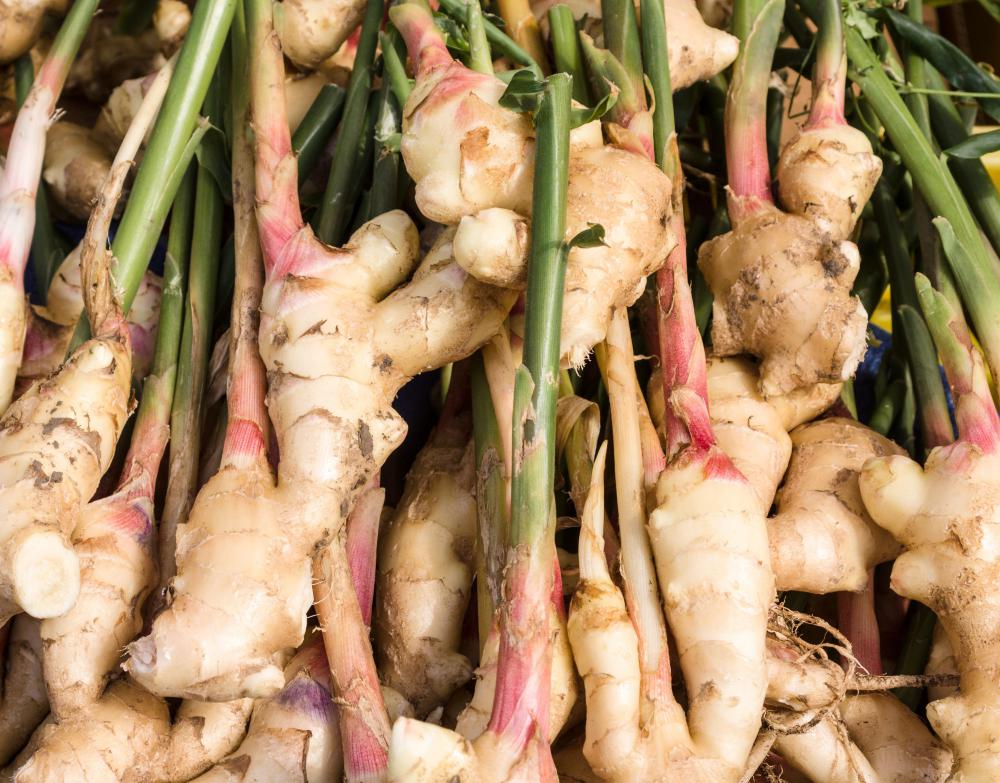



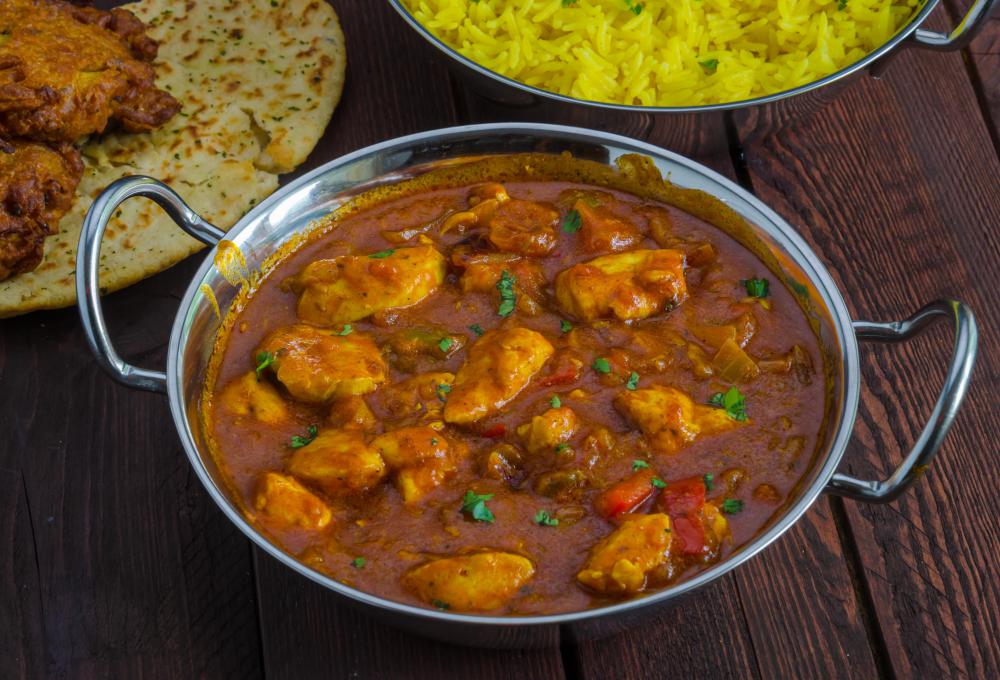

Discussion Comments
Pumpkin pie spice is something that you can make at home, if you have a bunch of other spices. I never buy this spice, because I always keep its components on hand for various recipes.
It's made of ginger, allspice, cinnamon, and nutmeg. I have seen some recipes that just called for each of these by name, while other recipes for the same dessert just called for pumpkin pie spice.
I always know what to put in when a recipe does say to use this spice. Some recipes leave out the ginger, so it is nice to always have access to each spice separately.
@giddion – Cumin is also great in chicken tortilla soup, which is another Mexican recipe. Although I love this spice, I have to say that my favorite spice is herbes de Provence.
It's actually a mixture of several dried herbs and spices. The top of the bottle lists the ingredients as basil, sage, rosemary, marjoram, thyme, and oregano.
I got this bottle of spice as part of a spice rack gift set, but I couldn't find a replacement in any grocery store. So, I just mixed all the ingredients together and made my own.
It tastes awesome on top of chicken and potatoes. I like to slice potatoes into discs, roll them in olive oil, and sprinkle them with herbes de Provence and salt. I bake them for 30 minutes at 375 degrees, and they taste good enough to be served in a restaurant!
Cumin is top on my list of favorite herbs and spices. It reminds me of the taste of most Mexican food.
I use it when I make fajita steak. I put the strips of meat in a container and I add cumin, garlic powder, chili powder, salt and pepper. There is more cumin in this recipe than anything else, though.
Once I have cooked the meat in hot oil, I take it out and add bell peppers and onions. They soak up the flavor of the spices left behind in the oil, and the whole dish is infused with cumin.
I like whatever Chinese herbs and spices that they use on their food in restaurants. The only one I have been able to accurately identify is ginger, because it is in so many Chinese recipes.
I have made sesame chicken with ginger before, and it tasted almost identical to the restaurant version. Ginger is pretty potent, yet still, the recipe called for a tablespoon of it. I would never have guessed that it needed that much, since it's so strong.
I have also made cashew stir fry chicken, and the big dose of ginger in this recipe gives the chicken a distinctly Chinese flavor. I always keep a bottle of ginger in my house, because I often get cravings for Chinese food.
I rarely use salt on my food, but add black pepper to just about everything. I like to buy the peppercorns and grind the pepper spice on my food right before I eat it.
I also love the tangy spices such as ginger and pumpkin pie spice. These always make me think of a warm, sweet tasting dessert.
I recently went to a spice store where they sold natural herbs and spices. This is the first time I went to a store where all they sold was spices.
It smelled wonderful the second you walked in the door. I think my problem in the past has been buying a jar of spice and letting it sit on the shelf for years. After awhile they must lose quite a bit of their flavor. The spices I bought at this store had so much more flavor than what I remember using in the past.
I have always included herbs and spices in the same category and have never really thought about the differences between them.
There is a Tones spice company not far from where I live, and many times when you drive by you can get a whiff of a certain spice.
Sometimes it is easy to identify which spice it is, especially if it is something like cinnamon. Other times, it can be harder to figure out which spice it is, or it may be a combination of several different spices you are smelling.
I am pretty basic when it comes to the spices I have in my cupboard. I have almost every one of the common spices listed, but have never even heard of most of the unusual ones.
From watching a lot of cooking shows, I am learning how much spices can really add to the flavor of a dish. Some of the spices they use on these shows I have never heard of before, and I am starting to get interested in branching out and trying some of the different spices.
Many times adding just a hint of a different spice can make a big difference. People will take a bite of something and can't quite put their finger on what is in it. This is usually a certain spice that adds a unique flavor to the whole dish.
@bbpuff - I have heard a lot about the Organic food movement. I am not yet convinced and do a lot of baking and cooking because I am in the catering business. I have had a lot of increase in requests for organic, but have not had enough requests to switch to an all organic business just yet. I most obviously will buy wholesale herbs and spices, especially during busy seasons like summer (for weddings) and during the holidays. It really is a great way to go if you cook in bulk.
@plaid - There is an interesting article on here about food processors you should probably look up if you're not that into chopping and slicing. I really prefer the organic movement myself and when it comes to this subject I, of course, prefer organic herbs and spices. I think you just get a lot more out of organic foods and they truly make your recipes richer. You should all try it some time!
@ChickenLover - I am going to completely agree with you on the onions and garlic aspect. Different herbs and spices can kind of throw people off and I think these two things are the "safe house" of cooking. While you can find them in salt and powder form and that might be a little faster for some one to use when cooking, I love using them in their natural form... even if that means chopping and slicing for a few minutes before hand.
I think the most common herbs and spices are garlic, onions, and Italian spices like Oregano. Garlic and onion can also be found in salts and powders for simpler things like marinades and just for basic baking. I like that this article enlightens people on some of the lesser known spices. I also like that it lists some of the most known spices at the end as well... just I have a different opinion on that obviously.
Post your comments